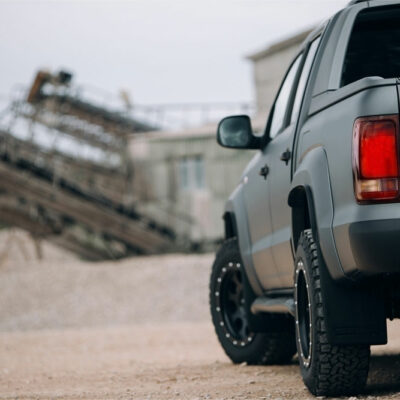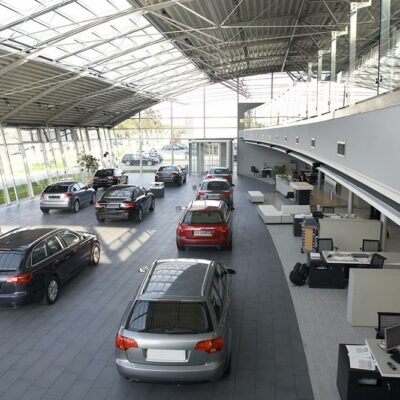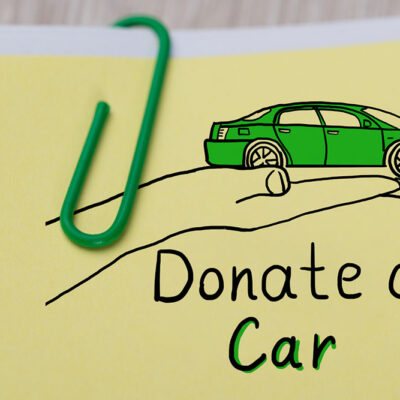
Top 8 mistakes first-time RV buyers should avoid
Recreational vehicles, or RVs, have gained momentum as many travelers have realized the importance of luxurious, private journeys to travel destinations. RVs, also called travel trailers, have several accommodation facilities, such as cooking spaces and living rooms, allowing travelers to spend quality time with their loved ones while traveling in a vehicle that feels like a second home. However, buying an RV is a major decision, so one should research well and avoid certain mistakes. 1. Overlooking RV size As a first-time RV buyer, one may find it somewhat confusing to determine the right RV size. There are multiple factors to consider when deciding what size of RV one should go for, including the approximate number of travelers, the volume of luggage to be carried, and the average frequency at which one may travel. Buying an RV larger than one requires spending more than necessary, which can cause a financial problem later. Also, such RVs might unnecessarily occupy space in one’s garage. Conversely, tiny RVs may not be comfortable for travelers if the number of passengers is large. That’s why one should consider all such aspects when determining the RV size. 2. Not setting a budget limit An RV is an expensive, albeit long-term, investment, so considering the budget is essential to buying one.
Read Article 









